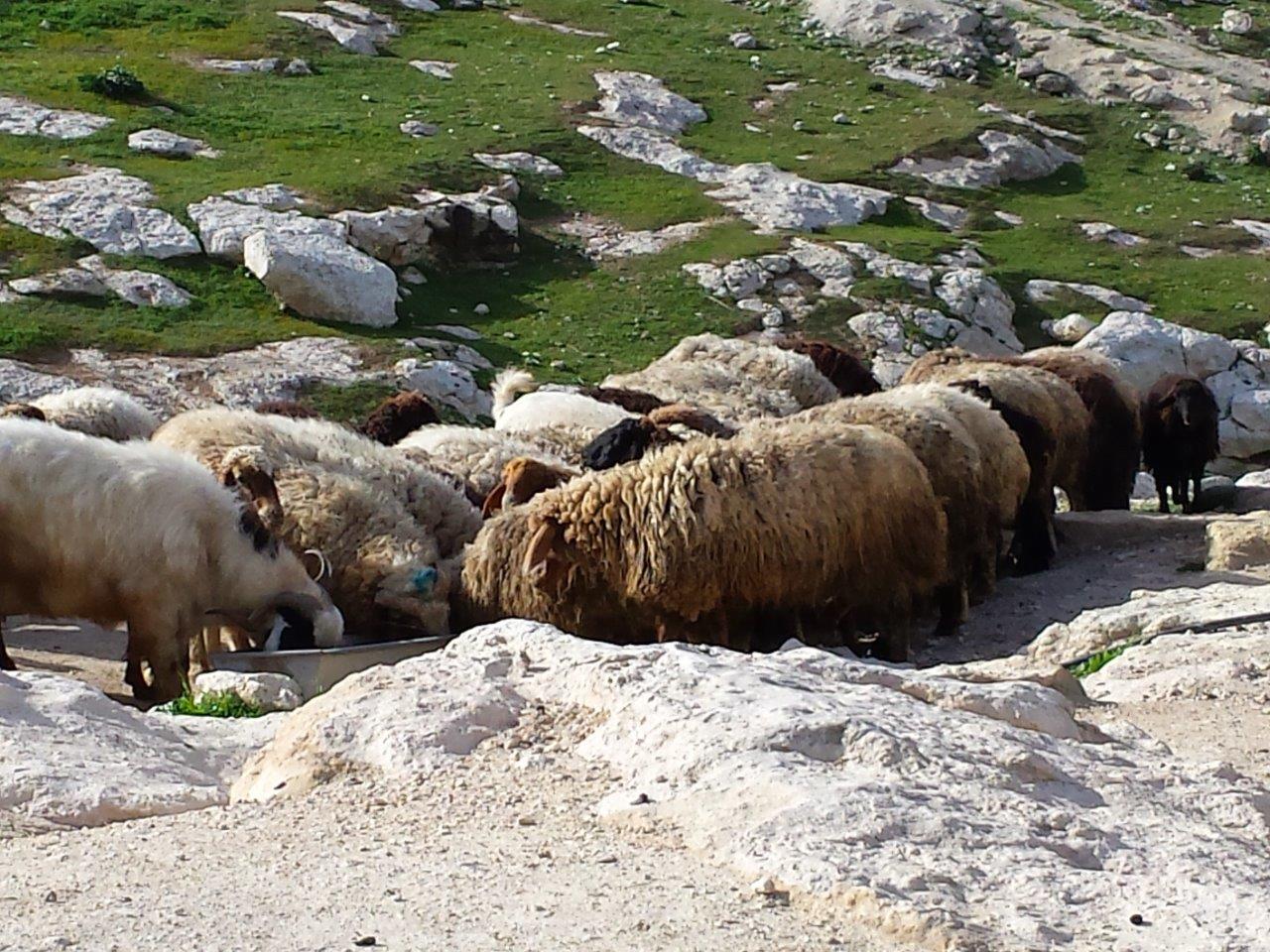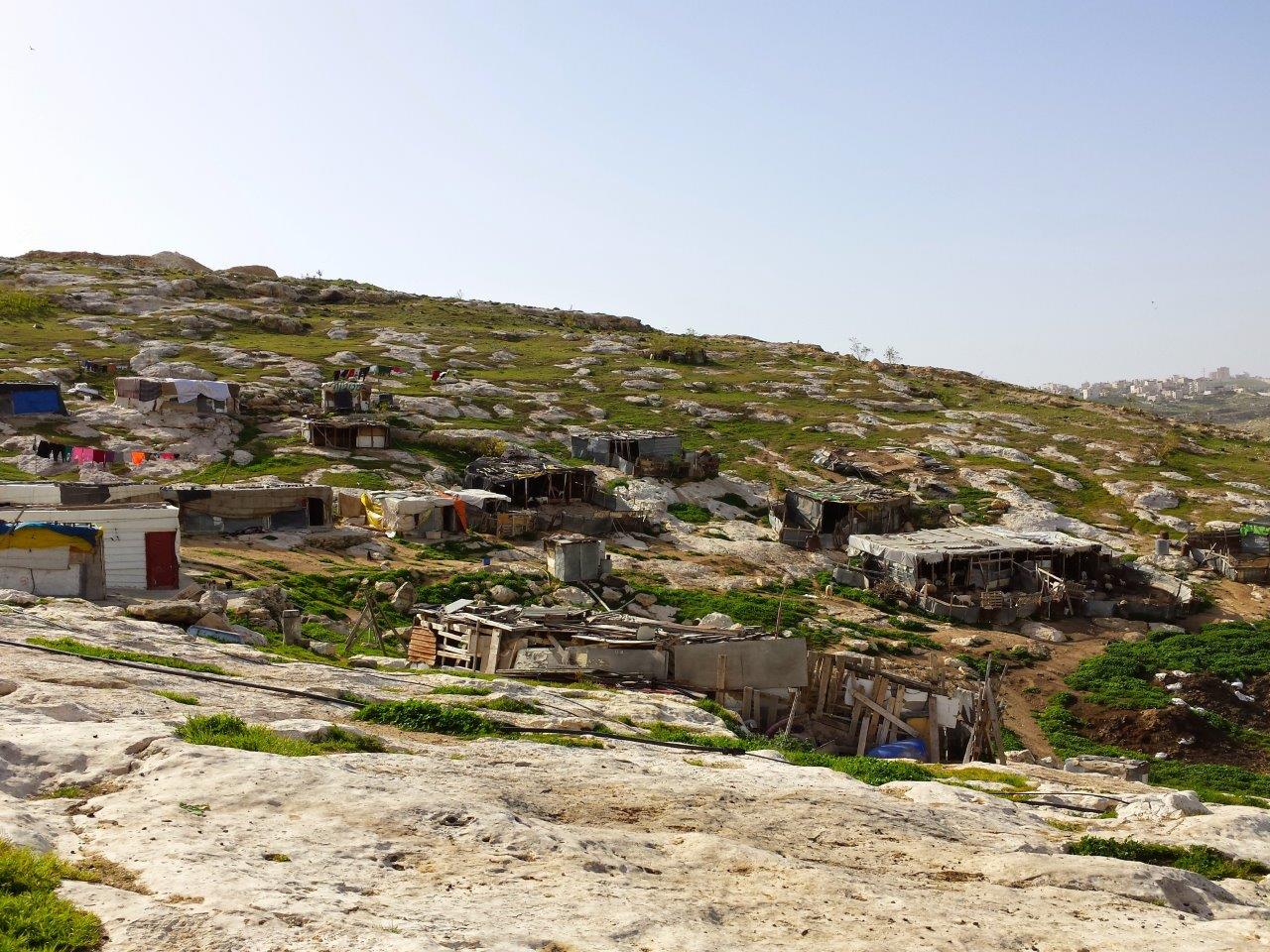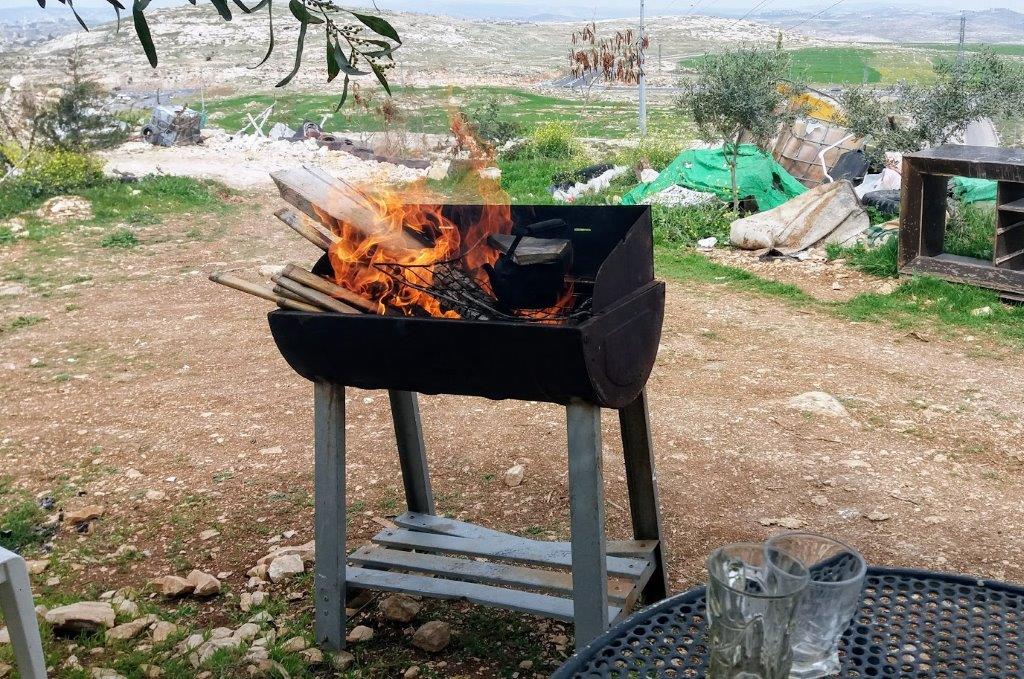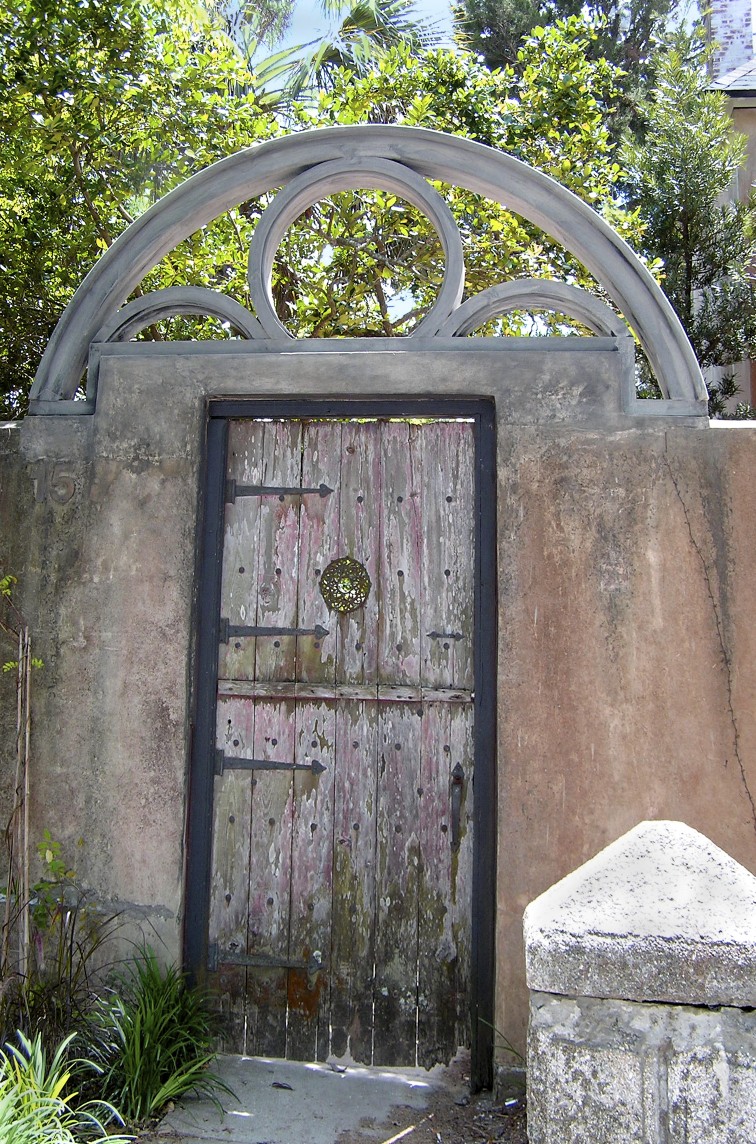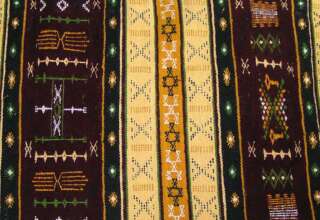
Four approaches to narrative research have been described, differentiating between a holistic and a categorical approach, and between form and content (Lieblich et al., 1998). The first differentiation refers to the unit of analysis; whereas the holistic approach refers to the narrative as a whole, the categorical approach is more selective. The second differentiation refers to the reading (interpretation) of the text; whereas the content-approach refers to the facts and their meaning, the form-approach refers to the process and the way in which they are presented. The goal of this study was neither to describe Bedouin culture nor intercultural friendship as a whole, but to investigate specifically the challenges and opportunities in the intercultural encounter. Therefore, the present study will limit itself to a categorical/content approach, referring specifically to the category of intercultural friendship, and focusing on the challenges and opportunities around certain topics that recur in friendship interactions. It will relate to form and process aspects of the narrative mainly to highlight issues of content.
Life stories are told in a certain context and the personal narrative cannot be seen apart from the master narrative (Hammack, 2008). Three separate, but interrelated, spheres of contexts were described: the immediate intersubjective relationships in which a narrative is produced; the collective social field in which one’s life and story evolved; and the broad cultural meaning systems or meta narratives that underlie and give sense to any particular life story (Zilber et al., 2008). The next set of essays in this series provides a broader cultural context; the analysis of the specific interactions in the set of subsequent essays will be limited – in most instances – to the immediate experience and the social collective.
The study follows in the steps of “critical autobiographies” (Church, 1995; Tillmann-Healy, 2003), using the author’s life stories as base for social science. The kind of autobiography used to understand a societal phenomenon was coined “autoethnography”, an ethnography about oneself, a study in which the cultural experience of the researcher is central (Awada, 2008; Humphreys, 2005; Maydell, 2010; Taylor, 2008). “The intent of autoethnography is to acknowledge the inextricable link between the personal and the cultural and to make room for nontraditional forms of inquiry and expression” (Wall, 2008, p. 146). In the autoethnography the detached doing of the research and the involved being of the researcher intermingle (Mitra, 2010), both as part of the process of investigation and throughout the text of this set of essays.


